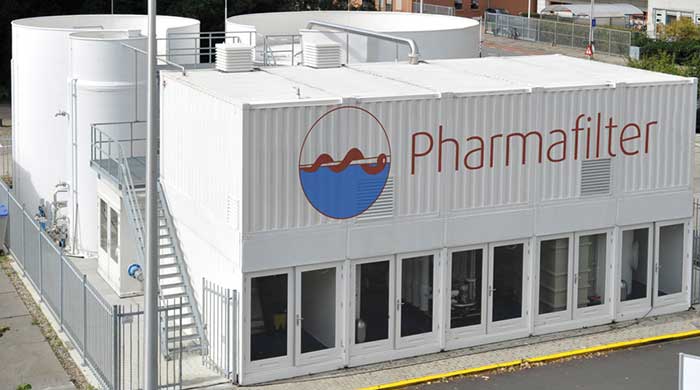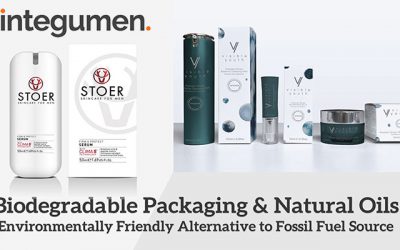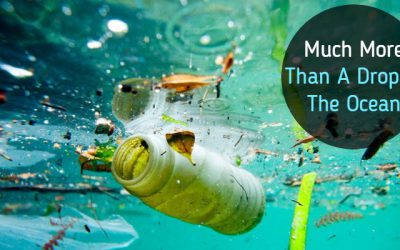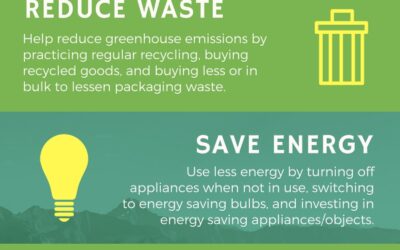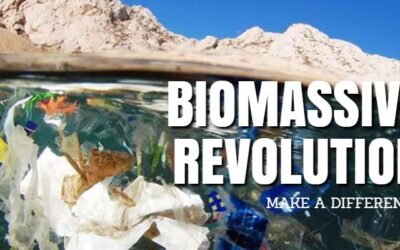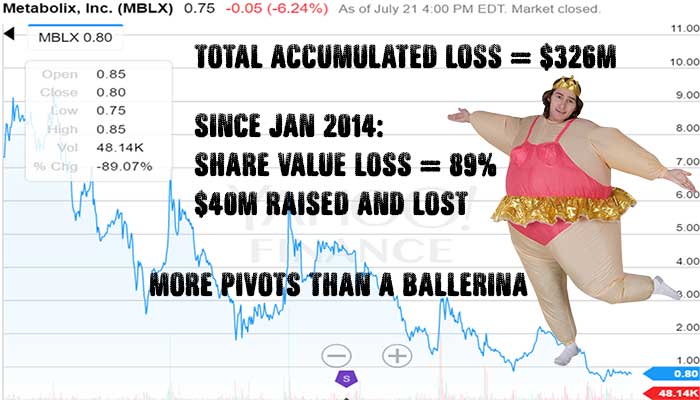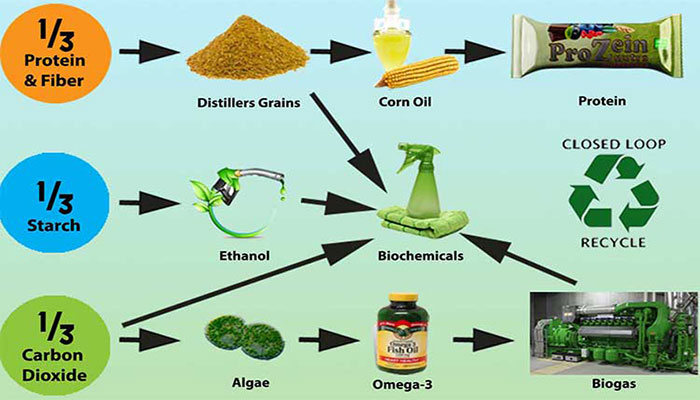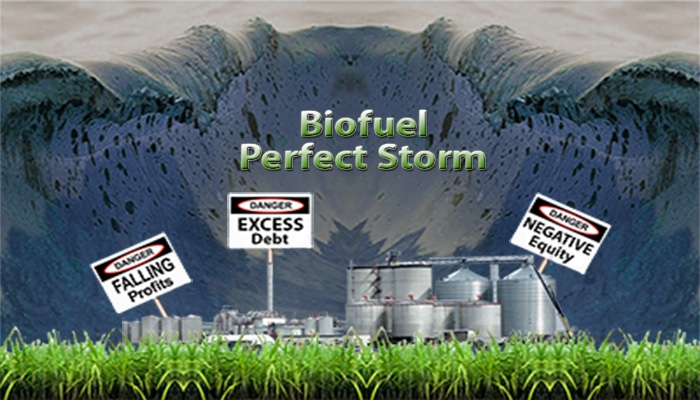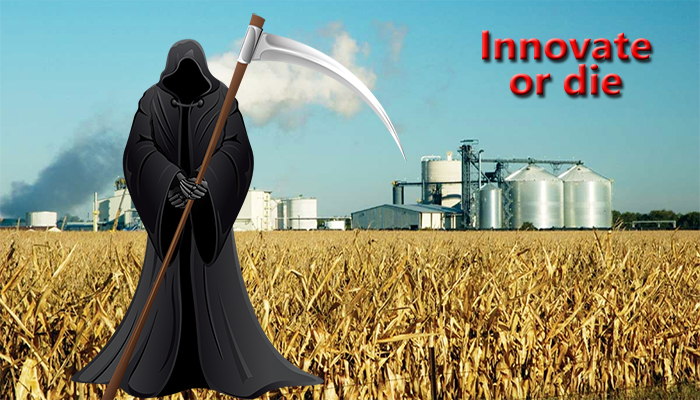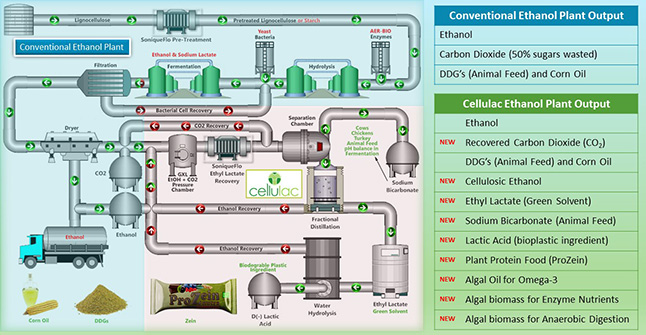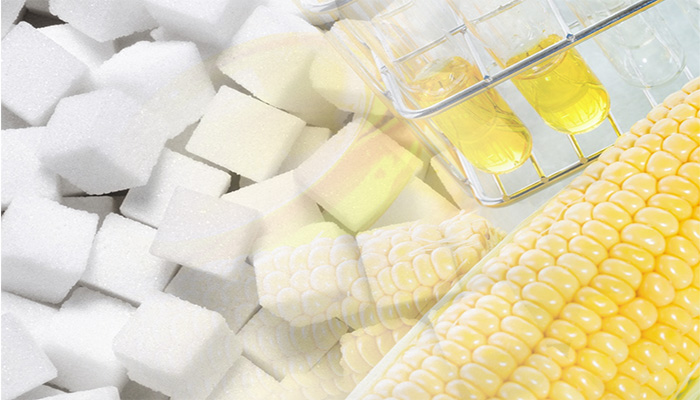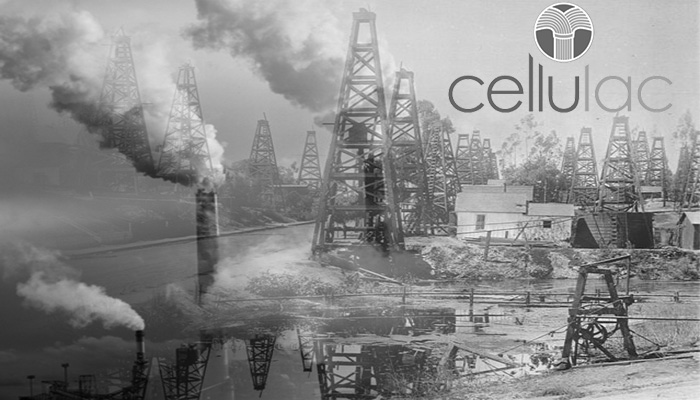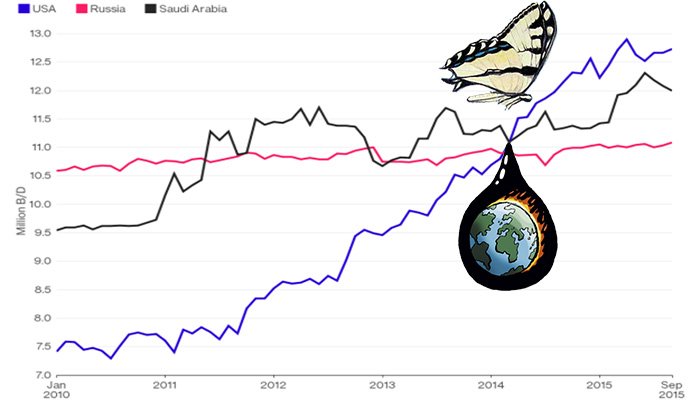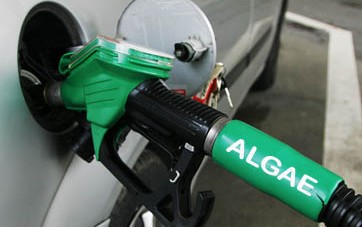5 Year, €35m Pharmafilter Offtake Agreement for Bioplastic Ingredients
Partnership delivers 2nd generation bioplastics supply chain solution for hospitals
Dundalk, Ireland and Amsterdam, The Netherlands, 30th March 2015: Cellulac, the industrial biochemicals company, and Pharmafilter, a provider of integrated waste management infrastructure for dealing with complex waste, are delighted to announce a commercial partnership to deliver the first vertically integrated, supply chain solution for energy and wastewater recovery in hospitals.
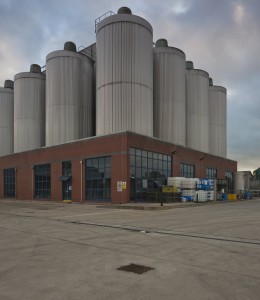 Cellulac’s environmentally-benign, low-cost production bioplastic process uses 2nd generation dairy and agriculture feedstocks. Through this commercial partnership, cellulac will produce up to 90% of the core ingredients for disposable single-use items and personal hygiene products compatible with the Pharmafilter recovery system in hospitals. This partnership is a template for collaboration, development, and implementation of end-to-end solutions for advances in technology for the bio-economy.
Cellulac’s environmentally-benign, low-cost production bioplastic process uses 2nd generation dairy and agriculture feedstocks. Through this commercial partnership, cellulac will produce up to 90% of the core ingredients for disposable single-use items and personal hygiene products compatible with the Pharmafilter recovery system in hospitals. This partnership is a template for collaboration, development, and implementation of end-to-end solutions for advances in technology for the bio-economy.
Gerard Brandon, CEO of Cellulac
The Pharmafilter alliance with Cellulac is a classic definition of the bio-economy. Producing, at volume, our low-cost, thermostable and high strength bioplastics for a technology partner would be a significant development alone. However, it becomes transformative when combined with Pharmafilter’s hospital recovery system which is capable of recapturing energy and cleaning wastewater in a safe and environmentally friendly way. Our partnership creates a low cost, vertically integrated supply chain solution that has a low carbon footprint and is environmentally friendly, positioning both cellulac and Pharmafilter as lynchpins in a circular bio-based economy.
Eduardo Van Den Berg Founder and CEO of
Our innovative solution solves waste, wastewater and safety problem for hospitals by removing complex waste, sewage and wastewater streams emanating from hospitals. Central to this solution is the requirement to secure a sustainable low cost and low carbon, high energy, end-of-life solution for single use bioplastics. cellulac’s innovative production and operational cost base opens the door for Pharmafilter to meet those targets and we look forward to rolling out the products over the next few years.
About Pharmafilter BV
Pharmafilter represents a change that positively enhances the work environment, patient safety, and care. It is an environmentally friendly way of dealing with the complex waste, sewage and wastewater streams emanating from hospitals that would normally be contaminated with high concentrations of pharmaceuticals, such as antibiotics, painkillers, toxic substances, heart medicines and contrast media. Through urine and feces, these substances are discharged to the wastewater system and despite excellent biological treatment in wastewater treatment plants, eventually discharged into surface water.
Logistically and historically, waste in hospitals is removed and separated into various categories. This activity requires both significant staffing hours, physical infrastructure and recording of waste types. This process requires the use of sorting rooms, internal, external storage and transporting waste through public corridors and lifts. The core benefits are:
- The on-site plant produces its own electricity and recovers the water to the quality that can be reused in the hospital. It reduces mixed waste (including hazardous) by 50% of the volume including 90% of organic waste representing another cost benefit.
- It is a thoroughly integrated waste management system that delivers significant improvement in the handling, removal, and treatment of waste streams arising in hospitals, at every user interface. These include solid waste in the form of bioplastic bedpans, urinals, kitchen refuse, general waste and health care risk waste.
- Pharmafilter system greatly simplifies the methods by which waste is handled and decontaminated and, therefore, reduces overall costs.
Pharmafilter Process
Starting inside the hospitals individual shredding units (“Tonto”) are installed in service or utility rooms convenient to areas of waste output.
Steps:
- All waste generated in the department and ward from healthcare risk waste, food, sharps, materials contaminated with blood, soiled, pharmaceuticals, paper, plastics, biodegradable bedpans and urine collection units are shredded in the Tonto unit.
- Waste now exits the hospital through waste disposal pipes that are now redirected to the Pharmafilter on-site unit rather than the external sewer.
- Here the Pharmafilter unit automatically decontaminates and separates all constituents of this mixed waste stream; sewage, organics and water resulting in outputs free of viruses, pathogens harmful bacteria, pharmaceuticals and other trace contaminants.
Integumen License Ageement
Today, Cellulac announces that it has signed Heads of Terms to enter into a commercial technology agreement with Integumen (LSE: SKIN). In addition, Integumen has conditionally agreed to acquire 9.35% of the issued shares of Cellulac. Gerard Brandon and Camillus...
What are you doing about ocean pollution?
To many people watching Sky News and their #OceanFree Campaign, you would think that removing plastic from the oceans will be enough to resolve the problem. Sadly, this is not the case. The oceans ability to provide food from fisheries and aquaculture is...
Climate Change Our Bit Infographic
[TheChamp-FB-Comments style="background-color:#f7f7f7;" title="Leave a Comment"]
Biomassive Revolution
It's just not your fault What if I were to tell you that it is not your fault that the seas are polluted with plastic that the fish and whales are consuming? In the same way, I can say that it is not your fault that over-fishing is destroying future fish...
Daring to Dream Big
The definition of insanity is doing the same thing over and over again and expecting a different result - Albert Einstein Another 300 million tonnes of plastic every year Since World War II we have consumed 5 billion tonnes of plastic, much of which has ended...
Low Energy Microalgae to Biofuel at Commercial Scale
Food and Fuel for the 21st Century Microalgae have come to the attention of the industrial and academic community over recent years because of their ability to harvest the energy of the sun and provide valuable molecules that offer great potential to provide...
Cellulac Formally Requests Metabolix Shareholders to Consider Merger Proposal
Cellulac merger proposal to Metabolix worth $40m in assets and offtake agreement of $38m rejected in favor of closing biopolymer business and spending $35m over 7 years on crop science project with no revenue. DEAR METABOLIX SHAREHOLDERS London, UK. 25th...
Extracting real value from the Ethanol Industry
Hybrid Solutions There is no need to reinvent a billion dollar wheel of bio-industrial experimental development. True value can be extracted and integrated as hybrid synergistic solutions from the best-in-class of what already exists. Over the last 10...
Have we Reached Peak Biofuel?
Is there really an energy security risk? Former NATO Secretary General Anders Fogh Rasmussen is calling on Europe to increase the production of biofuels from an energy security perspective because of geopolitical risks. This is a tough ask if such increase in...
Biofuels Perfect Storm
Biofuels Perfect Storm Since August 2015, ethanol has traded at a premium to gasoline which is unusual by historical standards. This is likely to continue until oil prices rebound into the $45-50 per barrel range. Even with this situation, 2015 ethanol...
Ethanol Industry is not too big to Fail
Phonetically speaking we know the two things that are guaranteed are death and taxes. However debt can be the precursor to death for not just companies, but industries. The ethanol industry, reading through the last 2 years of SEC filings by ADM, indicate that...
High Corn Crush Margin Ethanol Plant Solution
The ethanol industry has only been around for the last few of decades, though in its present state it takes centuries of fermentation knowledge to achieve the same output of ethyl alcohol (ethanol).Today, there are by-products or side-streams, such as distilled...
Corny Problem for EU Sugar Producers
The abolition of sugar quotas in 2017 will have such a profound effect on EU sugar producers, used to super profits under the EU supported Common Agricultural Policy (CAP), that many smaller producers will be subject to consolidation or have to cease...
Big Oil Can’t Alter Climate Change
In a recent major MIT Study (Covert, Thomas, Michael Greenstone, and Christopher R. Knittel. 2016. "Will We Ever Stop Using Fossil Fuels?" Journal of Economic Perspectives, 30(1): 117-38. ) it was shown that approximately 65 percent of global greenhouse gas...
Butterfly Effect of Oil Price on Renewables
The butterfly effect is a concept that small causes can have large effects. Initially, it was used with weather prediction but later the term became a metaphor used in and out of science. Now it can easily be related to a single decision made by a Saudi Oil...
Cellulac Acquires Aer Sustainable Energy (Aer-Bio)
10 fold saving in enzymes, 4 fold increase in algae oils within 2 hours reducing the process costs of Omega-3, animal feed and biofuels Dublin, Ireland, 18th May 2015: Cellulac, the industrial biochemicals company, today announces the acquisition of Aer...
Lactic Acid from Lactose Whey in World First Continuous Production runs
Cambridge, UK. 19 May 2014: Cellulac, the industrial biochemicals company is delighted to announce the world’s first ever industrial level continuous production of lactic acid from deproteinized lactose whey. Our 10 day production run concluded this week and...
Cellulac to Acquire Patent Portfolio and Industrial Biochemical Equipment from Pursuit Dynamics PLC
Cellulac Limited, the industrial biochemicals company, announces the acquisition of Pursuit Marine Drive Limited, a subsidiary of Pursuit Dynamics PLC, subject to shareholder approval. The acquisition includes certain intellectual property rights, test...

